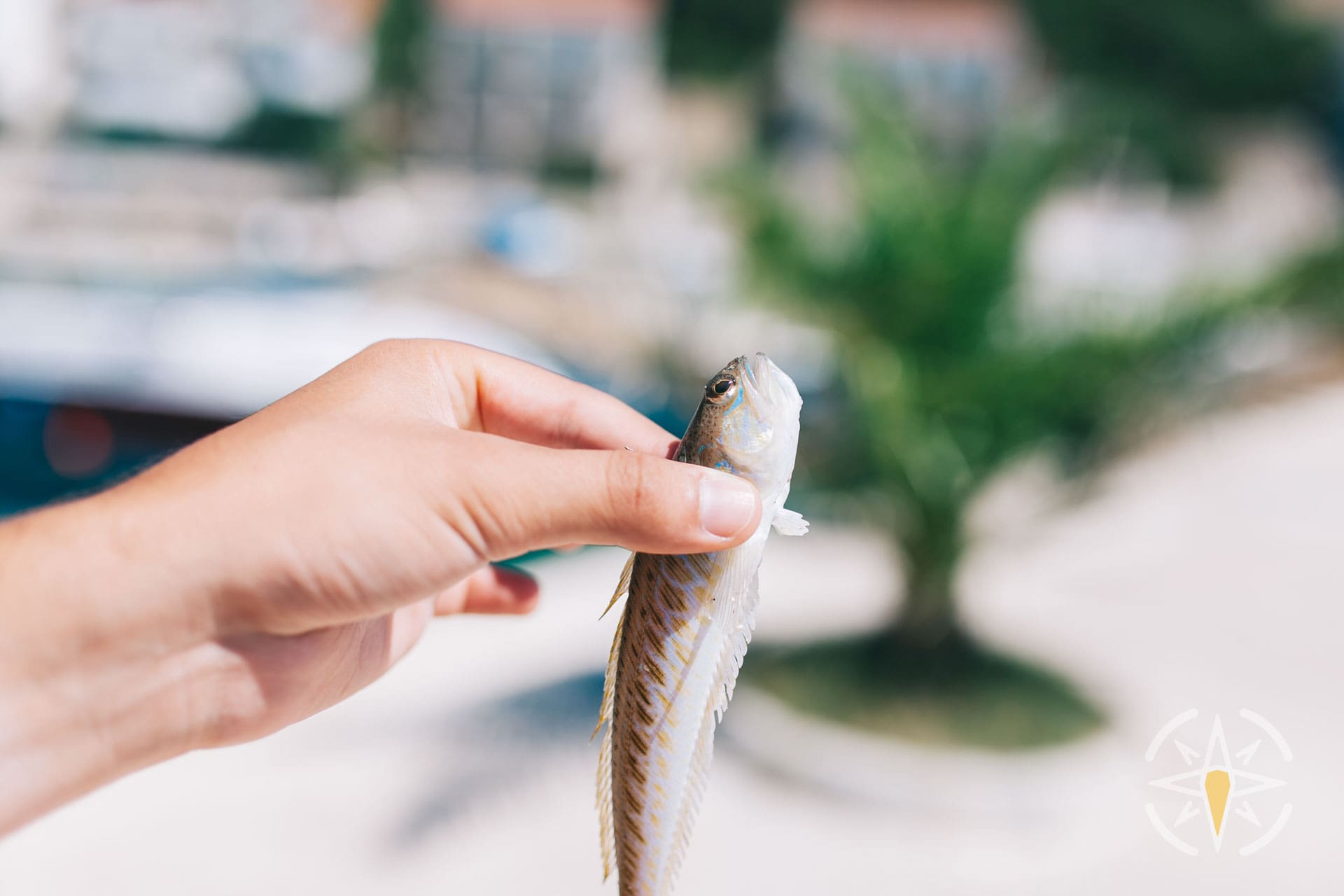We've lived and spent years along the beaches of Southern Europe and never heard of such incidents until one day...
In the shallow, warmer waters, hidden beneath layers of sand, lies fish whose existence we were completely unaware of. Stepping on one triggers a pain that intensifies by the minute, becoming utterly unbearable, many compare it to the pain of a broken bone...
When you've never encountered such a situation before, it's hard to know what to do... Thankfully, a surfer passing by recognized the symptoms and suggested that we immediately soak the affected foot in hot water with an additive like lemon juice. Easier say than do, though, as the pain was so intense that taking even a few steps seemed impossible...
The culprit is the weever fish, known in Spanish as faneca or faneca brava, and in Portuguese as peixe-Aranha. Specifically, its venomous spine, proudly poised on its back, is to blame. In countries like Portugal, Spain, France, Morocco, and the UK, stings from the weever fish are quite common, especially during the summer months.

The timing of our response is crucial. Within a few minutes, the sting site must be immersed in water at a temperature above 40°C (104°F) for at least 30 minutes to neutralize the toxin. Otherwise, the pain and swelling might not subside for several days. The pain peaks about half an hour after the sting.
Every year, there are several hundred cases recorded on Spanish and Portuguese beaches, sometimes involving fishermen who get stung on their hands while removing the fish from the hook. Unfortunately, there have been fatal cases, though they are very rare. Other symptoms of a sting include severe pain, fever, swelling, nausea, vomiting, headaches, low blood pressure, itching, fainting, tremors, seizures, and abdominal cramps.
So, if you feel escalating pain after coming out of the water, check the area, as the mark from the spine's entry often appears on the skin as a small dot:
- Do not panic!
- Don't soak your leg in cold water
- If a lifeguard is nearby, be sure to call him/her
- If there isn't one look around, maybe there is a bar, a campervan, a place nearby that can offer you a bowl of hot water
- If you have other complaints, you may go into anaphylactic shock - seek medical help!
If you plan to walk near the rocks in the shallow waters, the safest thing to do is to wear water shoes, from the Spanish fanqueras, lub cangrejeras.
We've experienced this situation twice recently. The good news is that it hurts less each time, so after about 10 more stings, the complications from the sting won't be noticeable anymore... 🙂

Leave a comment, ask a question...